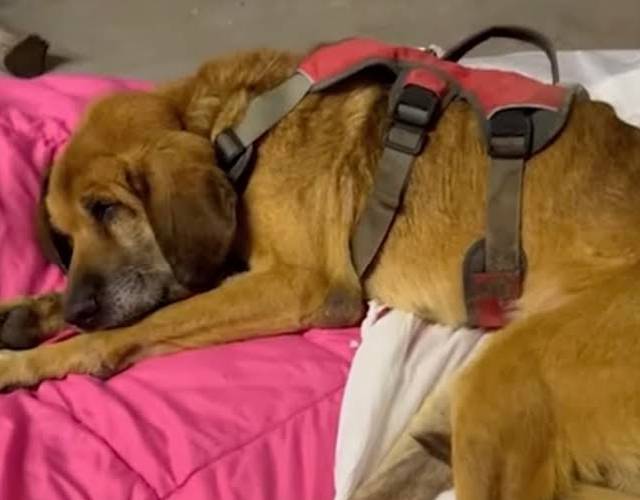15 Fascinating Facts About How Your Dog Sees The World
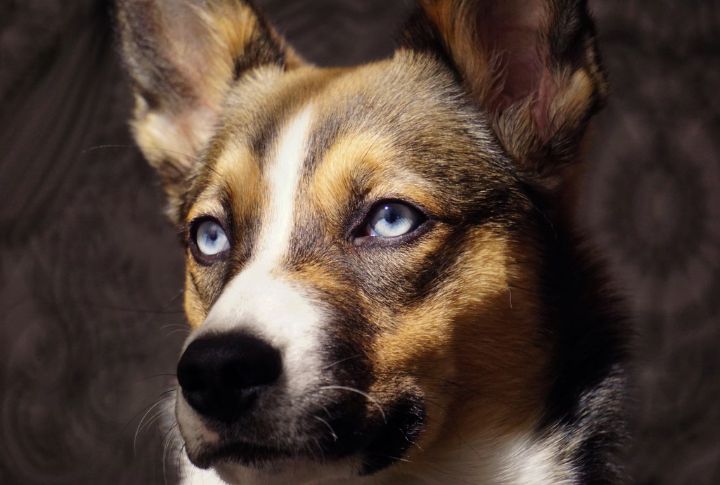
You might think your dog sees the world just like you do—but their eyes are tuned to an entirely different kind of reality. Their unique visual system has evolved to meet their needs, shaping how they interact with everything around them. Get ready to explore the surprising ways your dog experiences the sights around them.
Dogs See Only Blue And Yellow Hues

Forget vibrant reds and lush greens; dogs live in a world dominated by blue and yellow. Their eyes lack the red-sensitive cone cells that humans have, leaving their vision closer to that of a person with red-green color blindness. That’s why a blue frisbee flies higher on their list of favorite playthings.
Red And Green Look Like Shades Of Gray

A bright red ball may seem exciting to you, but to your dog, it likely blends into the background. Without receptors for red and green, dogs see those colors as washed-out grays or muddy yellows. So, if your pup seems unimpressed by your flashy red sweater, they’re not judging—just seeing it as another shade of “blah.”
Dogs Detect Motion Better Than Color Details
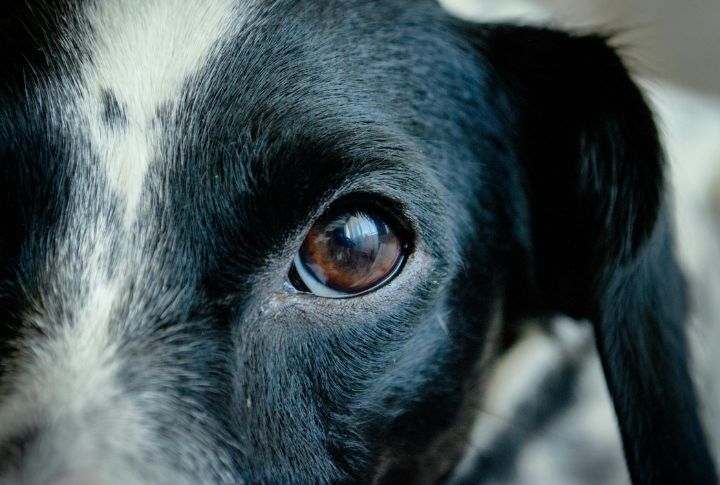
Motion is their real superpower! Those blurred outlines don’t bother your dogs. Their retinas are packed with rod cells, which makes them experts at spotting movement, even in dim lighting. This ability helped their ancestors detect prey and threats in the wild long before domestication gave them cozy dog beds.
Dogs See More Clearly In Low Light
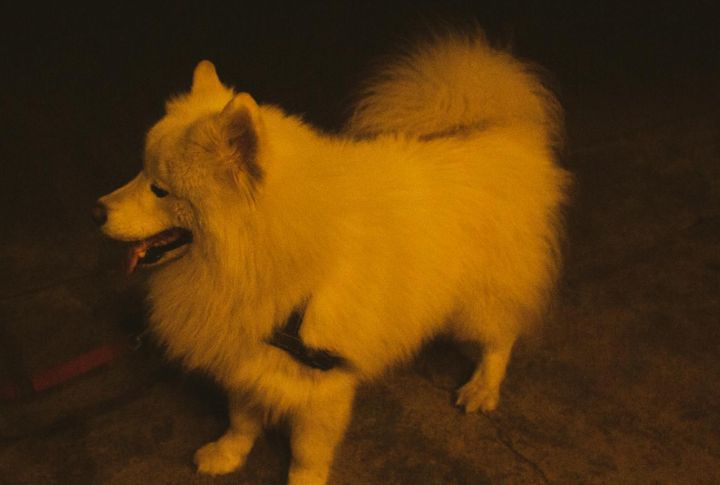
Have you noticed how your dog maneuvers through the backyard flawlessly at dusk? Their eyes feature a reflective layer known as the tapetum lucidum that sends light back through the retina. This superior night vision makes their evening strolls a breeze.
Dogs Might See Invisible UV Light
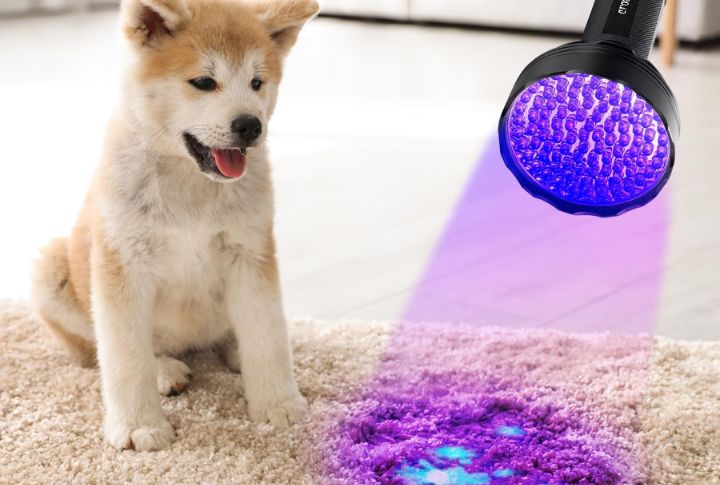
A 2014 study published in Live Science suggests dogs may see ultraviolet (UV) light. Their eyes might allow in more UV rays, revealing things like urine trails or flower patterns. If true, they see a hidden world we can’t—full of details we’ll never notice.
Dogs Have A Wider Peripheral Vision Range
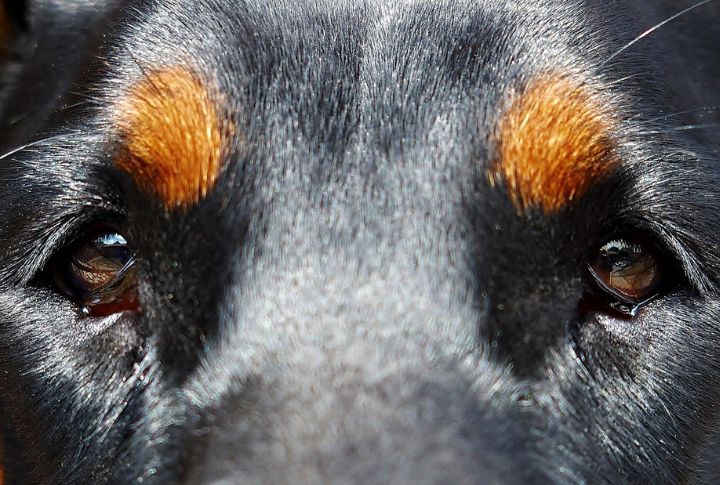
While humans see about 180 degrees around them, dogs take it even further, up to 240 degrees in some breeds. This panoramic perspective helps them spot movement from the sides without turning their heads. It’s a built-in advantage that makes sneaking treats almost impossible.
Dogs Process Depth Differently Than Humans
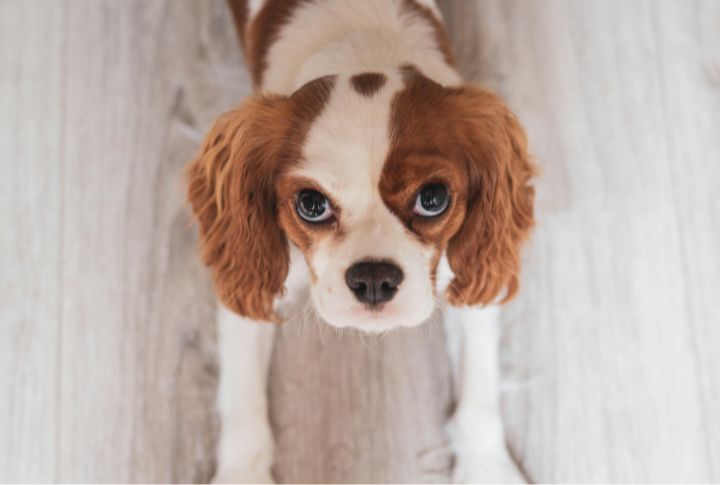
Unlike human vision, dogs rely more on motion and contrast than precise depth perception. Factors like binocular vision and eye placement influence their ability to judge distances. This explains why they may miscalculate jumps or hesitate when encountering uneven terrain.
Some Breeds May Have Slightly Sharper Vision
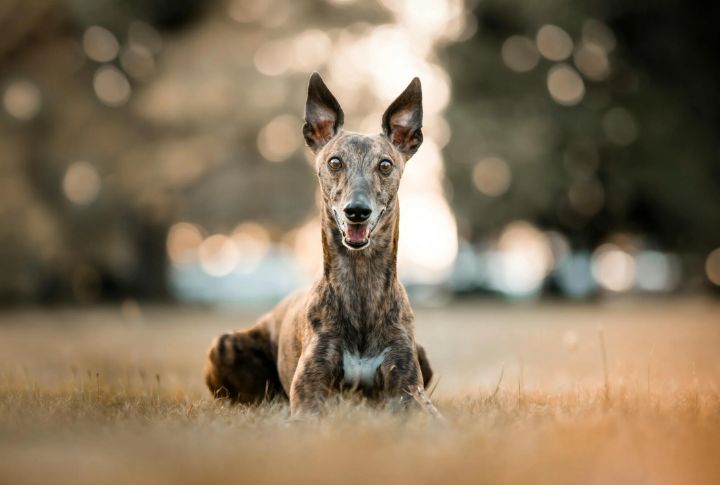
Not all dogs see the same way. Some breeds, like sighthounds, are known for keener vision and are adapted for spotting prey at long distances. Others, like bulldogs, have shorter snouts and a more limited field of view. The world appears slightly different depending on one’s genetic blueprint.
Dogs Use Contrast More Than Color To Identify Objects
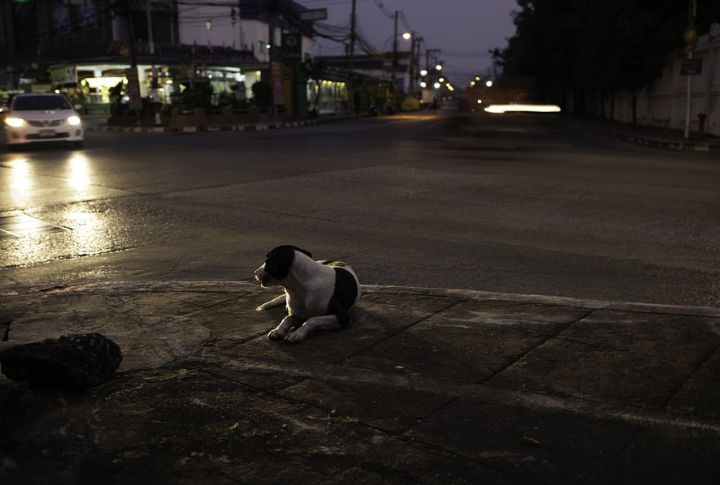
Shapes, shadows, and contrasts matter more to dogs than vibrant hues. Research suggests they rely on brightness differences rather than specific colors to distinguish objects. That’s why a high-contrast pattern or bold outlines make things easier for them to recognize, especially in dim lighting.
Dogs Detect Faster Flickering Light Than Humans
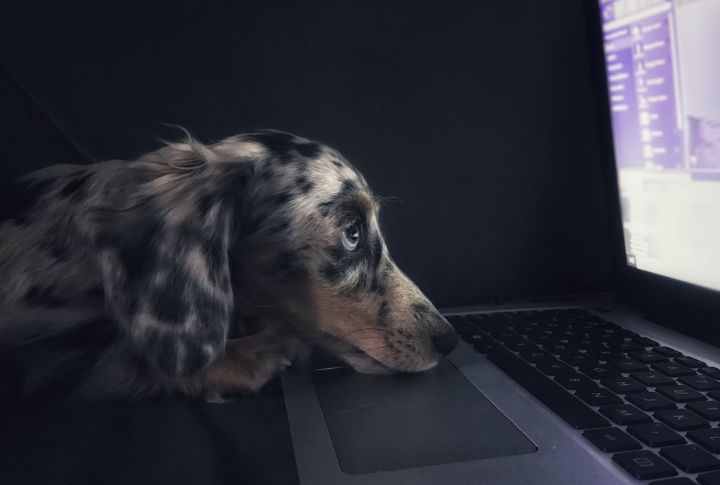
Television screens appear smooth to you, but dogs may see them flicker like a faulty light bulb. Their visual processing rate is higher, which means motion appears choppier at speeds humans find seamless. So, if your dog isn’t watching TV, it’s probably because the images look more like flashing chaos.
Puppy Vision Starts Out Blurry And Improves Gradually
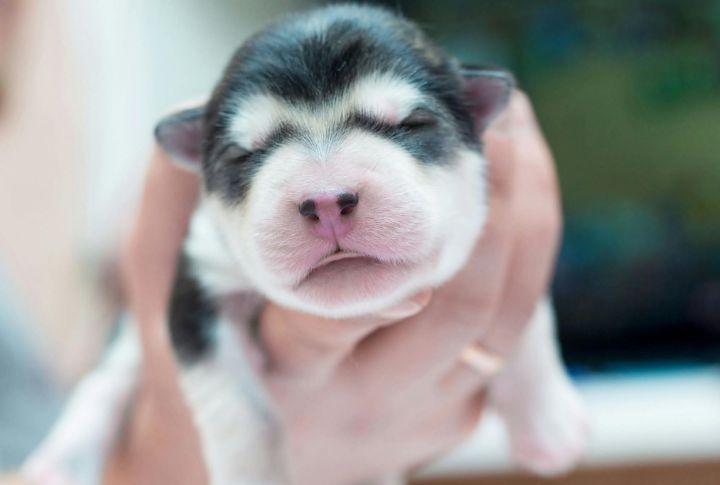
Newborn puppies are nearly blind, with eyes shut tight for the first 10 to 14 days. Even after they open, their vision remains fuzzy. It takes several weeks before they can clearly detect shapes, contrast, and motion, which is why baby pups rely on touch and scent early on.
Dog Vision Is Less Sharp Than Human Sight

Fine details actually don’t interest dogs. It is mostly because they can’t see them well. Their visual acuity is estimated at around 20/75, which implies that they see objects less sharply than humans do. A distant object might be nothing more than a blur.
Color Influences A Dog’s Toy And Food Preferences
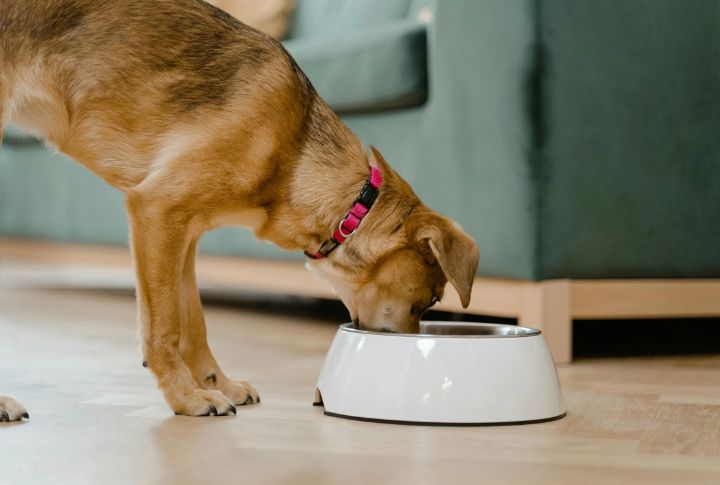
Your dog’s food bowl color could actually impact mealtime excitement. For example, we already know that dogs gravitate toward easily visible shades like yellow and blue. So, next time your pup seems uninterested in dinner, consider swapping their dish for one in a more noticeable color.
Canine Vision Prioritizes Survival Over Detail Recognition

A dog’s eyesight wasn’t designed to appreciate scenic views; it evolved for survival. Their ancestors needed keen motion detection and light sensitivity to evade danger or hunt efficiently. While humans admire sunsets, dogs focus on movement in the grass, scanning for potential threats or hidden treasures.
Dogs Rely On Smell More Than Sight
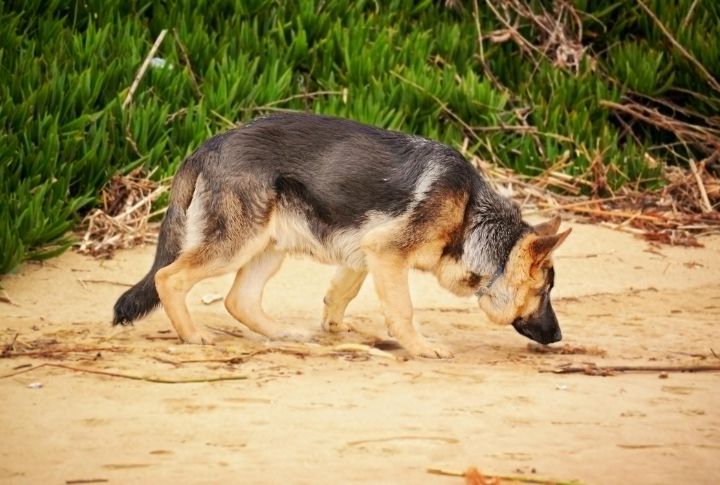
For dogs, the nose is mightier than the eyes. Even though their vision has limitations, their olfactory system is world-class, and they detect scents up to 100,000 times better than humans. That’s why they often rely on sniffing rather than sight to explore their surroundings. It’s their most reliable way of interpreting the world.





